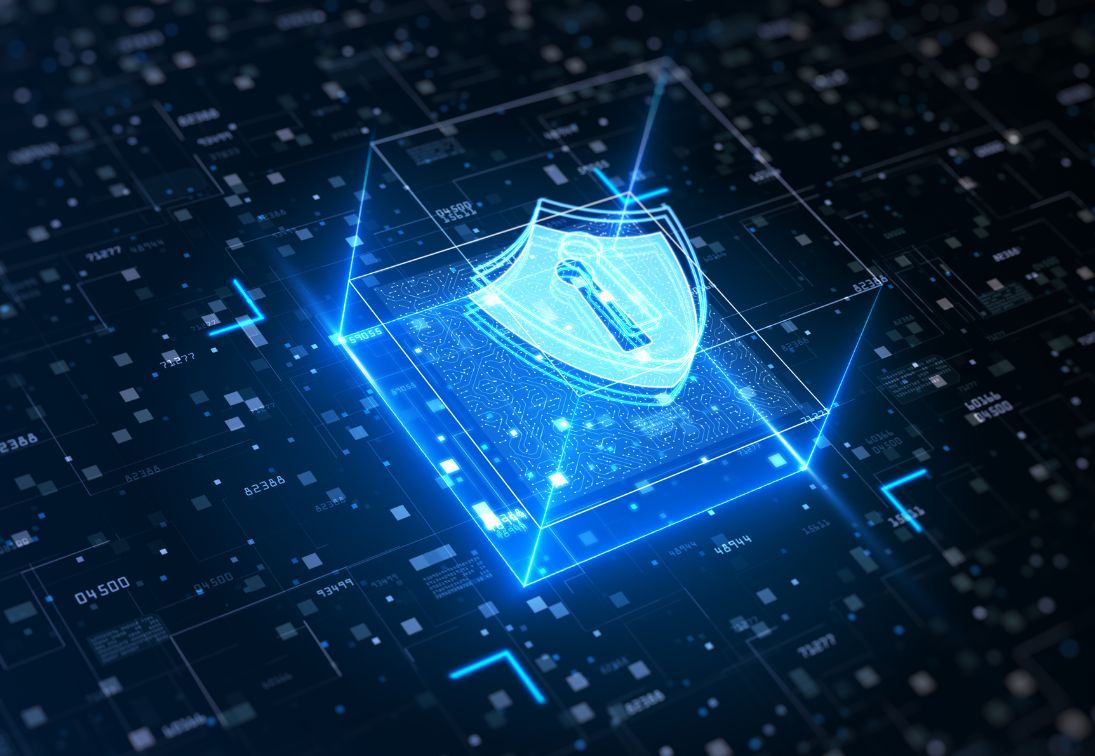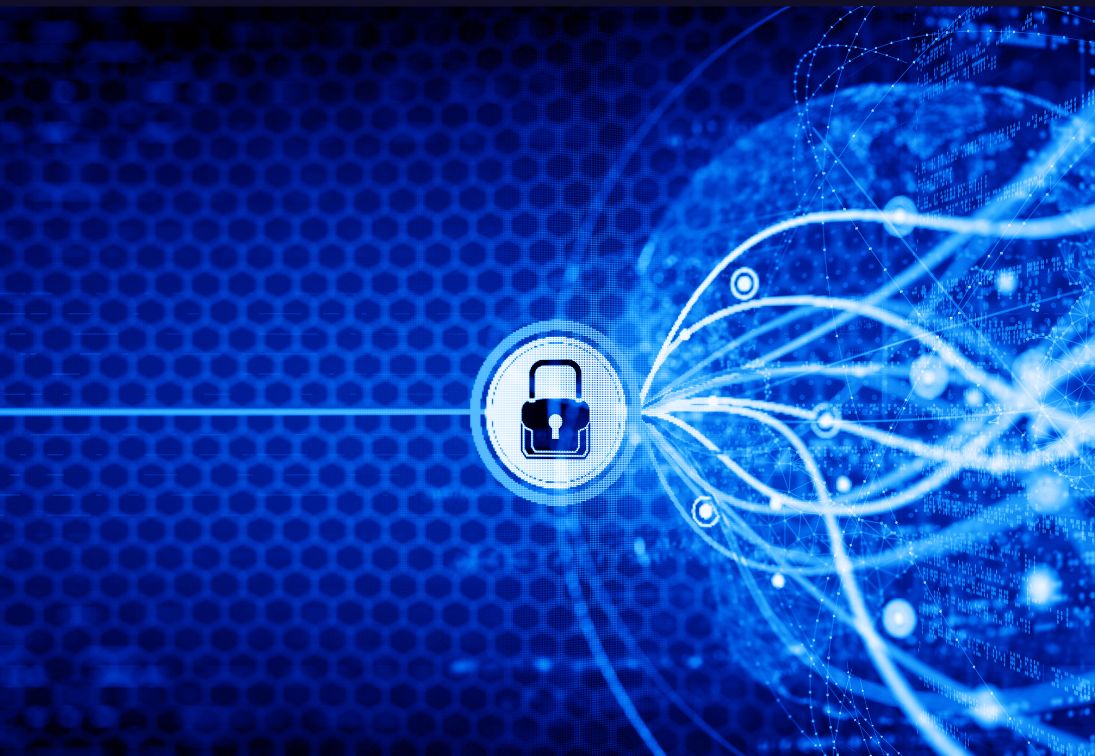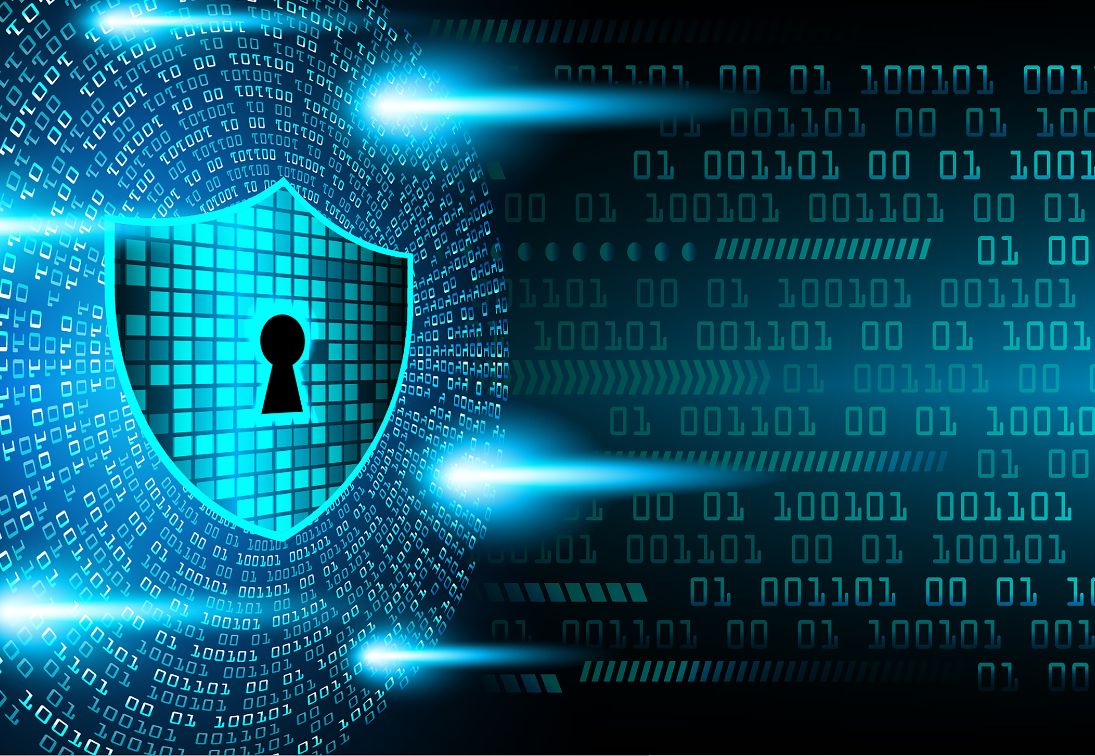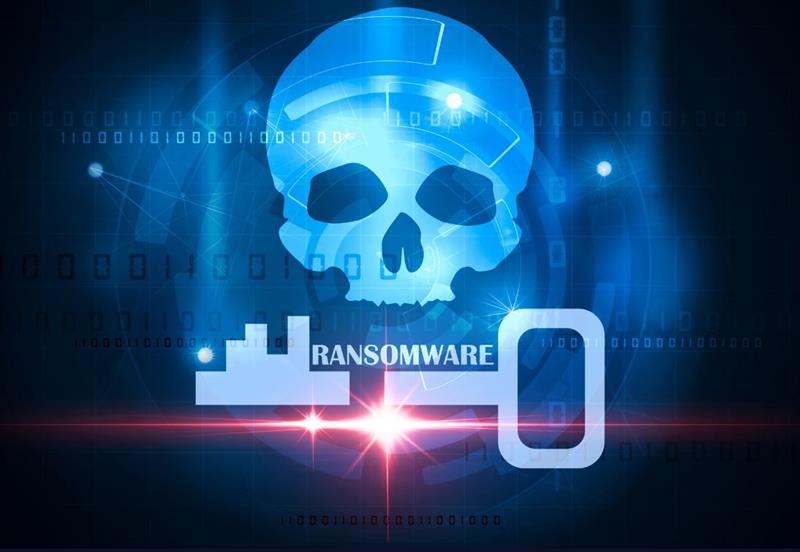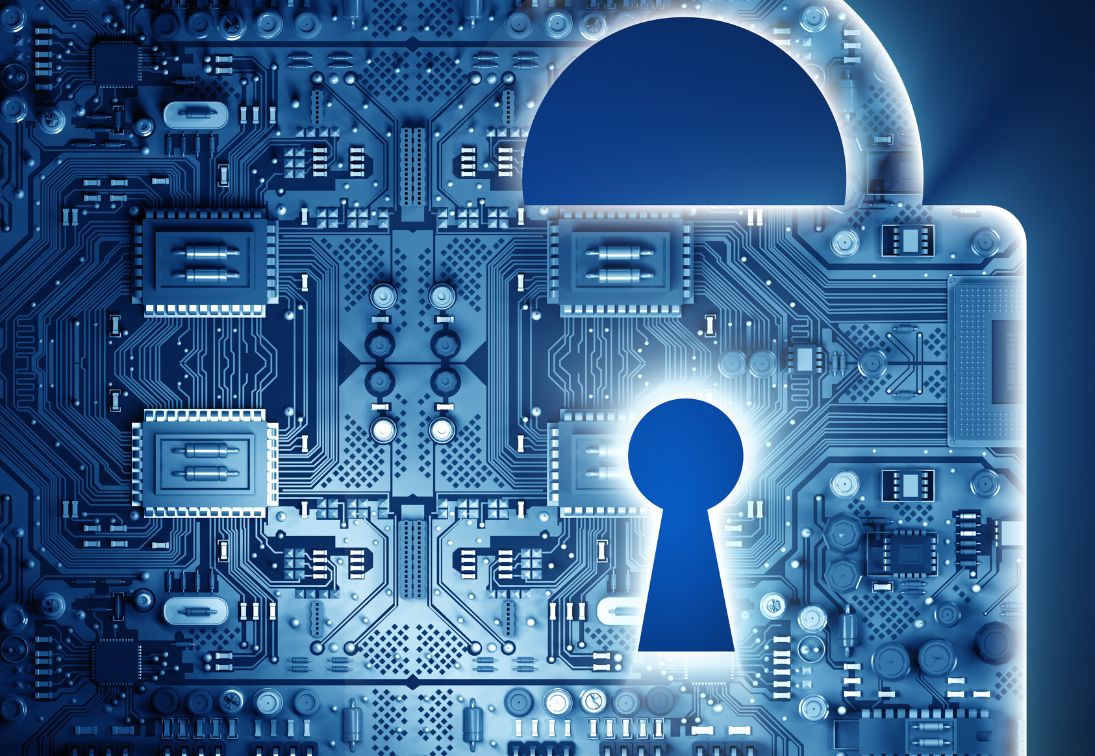Introduction: IT Strategy and Information Security
In an era of rapid technological advancements and evolving cyber threats, risk management, compliance with standards, and alignment with business needs require a close integration of IT strategy and information security. This article focuses on a professional and analytical approach to combining these two fields, emphasizing the importance of comprehensive, integrated management to ensure stable and secure digital operations.
1. Proactive Risk Identification and Management
Integrating information security into IT strategy planning enables early identification of risks and vulnerabilities during the development and design stages. Key benefits include:
- Early identification of weaknesses – allowing for risk assessment and improvement of defense systems.
- Preventive planning – which reduces the need for urgent repairs and interventions at a later stage.
- Improving safety levels – by fixing defects in advance and then reducing exposure to threats.
This approach contributes to creating reliable and efficient systems where risk management is carried out in a planned and structured manner.
2. Compliance with Standards and Regulations
One of the key requirements for organizations is compliance with standards and regulations in the field of information security. Beyond technical compliance with standards, management must recognize the strategic importance of the cyber field. See why cyber expertise on the board It is no longer a luxury but a necessity in the current era of regulation:
- Compliance with international standards – such as ISO/IEC 27001, which help ensure controlled and orderly processes.
- Compliance with regulatory requirements – especially in regulatory areas such as finance, healthcare, and government.
- Reducing legal and financial risks – as a result of violating standards that could lead to fines and sanctions.
Implementing an integrated strategy allows the organization to operate within the legal and regulatory framework in an orderly and controlled manner.
3. Adapting technologies to business needs
The selection of appropriate technologies should be made taking into account both business needs and security aspects:
- Personalization – analyzing the organization's requirements and selecting technologies that balance innovation and safety.
- Reducing information exposure – using solutions that monitor and protect in real time.
- Improving efficiency – by implementing solutions that enable seamless integration between IT and information security systems.
This approach ensures that technology services not only support business operations, but also strengthen the ability to protect information.
4. Collaboration between IT and information security teams
The success of implementing an IT and information security strategy also depends on the collaboration between different teams:
- Collaborative work – between IT experts, Information security experts and regulatory teams.
- Formulating joint processes – which ensure constant updating and adaptation to cyber threats.
- Building a threat-aware organizational culture – in which every element in the organization collaborates in implementing security procedures.
This collaboration allows the organization to respond quickly and effectively to events and changes in the threat environment.
5. Ongoing processes and adjustments
In a dynamic world like cyber, it is important to make ongoing adjustments to strategy:
- Periodic testing and assessments – to identify and adapt existing processes to changing threats.
- Technological updates – both in infrastructure and software, while ensuring a high level of security.
- Constant monitoring – of new trends in the field, allowing for a rapid response to developing threats.
These processes ensure that the organization continues to operate safely and efficiently over time.
Final Word
Integrating IT strategy and information security is the foundation for managing stable, reliable and secure systems in the digital age. Through a professional approach based on risk analysis, compliance with standards and adaptation to business needs, comprehensive information protection can be ensured while improving performance and supporting the organization's goals. Strategic and integrative management in these areas is an essential tool for ensuring continuous organizational activity in a renewing and complex technological environment.
Cybersecurity and IT – Two Worlds, One Solution

